-
Posts
485 -
Joined
-
Last visited
-
Days Won
2
Content Type
Profiles
Forums
Blogs
Gallery
Events
Store
Posts posted by spolei
-
-
Hello,
usually the 800 was filed out, because it stands for the silver content. The swords for the MVO were made with the same shape and were silver. The swords of the MVK's were made of non-ferrous metal and were not allowed to carry an 800 mark. Now and then this was not filed away properly or simply forgotten. This applies to all classes of the MVK.
Here is a cross from Hemmerle with GH in the agraffe, below the screw
The last is a marked Hemmerle with swords from Weiss & Co.Translated with www.DeepL.com/Translator (free version)
0 -
Hello, the first cross is a relatively early Hemmerle 2nd class.
Cross 2 is from Weiss. It is easily recognisable by the thick sword handles and the agraffe.
The surface of the cross is strange, it looks like it has been painted over, but that may be due to the photos.
Weiss also has the marking WCo on the back of a sword.
With Hemmerle sometimes GH and a sophisticated 800 on the back of a sword.
There are also Hemmerle that have GH in the agraffe.
There were several variations over the four years of the war.
I have been collecting for almost 20 years and have over 100 different variants, but by no means all of them.
Some MVK of my collection, see pictures.
Regards AndreasTranslated with www.DeepL.com/Translator (free version)
0 -
Hello, the manufacturer is Leser Munich, but this is not an early type of Leser MVK. The third class without swords was awarded 18 times, very, very rare. Your cross is not one of the 18.
The ribbon looks good, it is a prewar-ribbon .
Regards Andreas0 -
Hello, the symbol could be 2. bayr. Infanterie-Regiment with the letters of Max Emanuel.
https://www.kpemig.de/Bayern-einzelne-feldgraue-Schulterklappe-eines-Angehoerigen-Koeniglich-im-Bayerischen-2-Infanterie-Regiment-Kronprinz
0 -
Nice NCO-bar. It is a good one.
The owner was NCO since 1905, because he got the Jubileemedal. Soldiers and privates didn't get this medal.
Cheers Andreas0 -
What was the result of this auction?
Nice bar and authentic0 -
Very nice bar the MVO is awarded for officials (Beamtenband). Propably a military official officer.
Nice Hemmerle MVO with real golden medaillons (awarded till end of 1916).0 -
-
The body of the cross was made of non-ferrous metal and, depending on the class, was either copper-plated, silver-plated or gold-plated. In the piece shown, I see an awarded 2nd class crown swords. The reverse may be worn or patinated. Nice bar. Would you show us the hole bar?
regards Andreas0 -
14 minutes ago, v.Perlet said:
Da gab es einen monatlichen Ehrensold, aber nagele mich nicht fest, der war entweder 100 oder 150 Mark. Bei der Tapferkeitsmedaille waren es bei der Silbernen 5 und bei der Goldenen 10 Mark.
1 -
22 hours ago, v.Perlet said:
Okay, ich verstehe, es ist kein Ritter, der von einem Staat verliehen wird, z. B. das Königreich Bayern vergibt einen MVO2KL (einschließlich Ritter) an Herrn so und so, sondern eine Institution wie z. B. der Malteserorden, die einen eigenen Orden verleiht (der einen Ritter sieht ) für jemanden.
Danke Grüße
Andreas
Das stimmt so nicht ganz. Es gab in Bayern den Titel "Ritter von" entweder zum Orden der Bayerischen Krone oder zum Militär-Max-Joseph-Orden. Der Militärverdienstorden und auch der Michaelsorden beinhalteten keinen Adelstitel. Den Hubertus- und Georgsorden bekamen sowieso nur Adelige.
0 -
Here a Leser from the archive of our member Sascha Wöschler.
https://woeschler-orden.de/katalog/archiv/bayern-militaer-verdienstorden-2-modell-iii-klasse-mit-der-krone-und-schwertern-2
0 -
This is a Weiss MVK. Typical the big swords with big grip.
Nice picture, should be a "Leiber".1 -
16 minutes ago, v.Perlet said:
wow - that would mean that some people already started to fake these 20 years ago!
is the ribbon new or old?
Regards
v.Perlet
Counterfeits have been around since the 1980s, this is not a new phenomenon. They were distributed also on a large scale by dealers.
Fälschungen gibt es schon seit den 80er Jahren, das ist keine neue Erscheinung.
Die wurden im großen Stil auch von Händlern weiterverbreitet.
0 -
Sorry, but this is one of the Deschler-fakes. This was originally a third class, which was subsequently upgraded to the detriment of the collector.
0 -
The MVO in your last posting from today.
1 -
18 minutes ago, v.Perlet said:
Hello spolei,
how am I to understand this? That an MVO 3KL has different swords then a MVO 4KL?
meaning it's own distinctive swords? - thanks
Regards
v.Perlet
The swords on Lew's MVO 3 class with a crown on the left of the buckle have the same swords as the 4th class you introduced
Die Schwerter an Lew's MVO 3 Klasse mit Krone links an der Schnalle haben die gleichen Schwerter, wie die von dir vorgestellten 4. Klasse
0 -
27 minutes ago, v.Perlet said:
Thanks for the help spolei and Iew- appreciated. I wasn't sure if just a Punze (marking) can be trusted.? Iew is your MVO (left one) also a Leser?
Regards
v.Perlet
The left one is a late Leser 3rd class. The same swords like the 4th class.
0 -
It is a late MVO of Leser. The front and rear medaillon are silver guilt.
Before any assumptions arise again, the flames are only patinated.
It's a 4th grad0 -
The MVO was awarded from the rank of lieutenant. All enlisted and non-commissioned officer ranks received the MVK. The Feldwebelleutnant also got the first class with swords. The MVK/MVO were not promoted, i.e. if a private received a third class and was later promoted, then he kept the 3rd class. If the MVK was then awarded again, then according to the rank, the lower class had to be returned. It was the same with the MVO. If an officer received an MVK as an ensign, he also wore the MVK as an officer. If he was then awarded an MVO, the MVK was returned. For the officers, the level of the MVO was based on their official position such as company commander. Regimental Commander, Battalion Commander etc..
Der MVO wurde ab dem Dienstgrad Leutnant verliehen. Alle Mannschafts- und Unteroffiziersdienstgrade bekamen das MVK. Auch der Feldwebelleutnant bekam die erste Klasse mit Schwertern.
Die MVK/MVO wurden nicht mitbefördert, d.h. wenn ein Gefreiter eine dritte Klasse bekommen hat und später befördert wurde, dann behielt er die 3. Klasse. Wurde dann das MVK ein weiteres Mal verliehen, dann dem Dienstgrad entsprechend, die untere Klasse musste zurückgegeben werden. Genauso verhielt es sich beim MVO.
Wenn ein Offizier als Fähnrich ein MVK bekommen hat, so hat er das MVK auch als Offizier getragen. Wurde ihm dann noch ein MVO verliehen, dann wurde das MVK zurückgegeben. Bei den Offizieren richtete sich die Stufe des MVO nach ihrer Dienststellung wie Kompanieführer. Regimentsführer, Bataillonsführer etc..0 -
Here are the three types of ribbons used by MVK and MVO. Only the first class of the MVO had a different color sequence, which is irrelevant here, since it was worn around the neck.
On the left the ribbon used from 1866 until the First World War. From 1913, the band with the black side stripes was introduced for participants in the war. In 1915 there was the so-called "official ribbon" for war service to distinguish between combatants and non-combatants, because both received crosses with swords. Since the Ulan wears the war ribbon, the photo cannot be from before the First World War. Ancestry's personnel records often mention that the officer is entitled to continue wearing his uniform after being discharged. Therefore, the picture can well come from the 20s. Is it labeled on the back? When the field-grey uniform from the war was broken, the old pre-war uniform was put back on. After WW1 hardly anyone had money to re-equip themselves.
Hier die drei Bandarten, die bei MVK und MVO Verwendung gefunden haben. Lediglich die erste Klasse des MVO hatte eine andere Farbfolge, was hier aber unwesentlich ist, da er am Hals getragen wurde.
Links das Band, dass von 1866 bis zum Ersten Weltkrieg verwendet wurde. Ab 1913 wurde für Kriegsteilnehmer das Band mit den schwarzen Seitenstreifen eingeführt. 1915 gab es für Kriegsverdienst das sogenannte "Beamtenband", um den Unterschied zwischen Kämpfer und Nichtkämpfer zu unterscheiden, denn beide bekamen die Kreuze mit Schwertern.
Da der Ulan das Kriegsband trägt, kann folglich kann die Aufnahme nicht vor dem 1. Weltkrieg stammen. In den Personalbögen auf Ancestry ist oftmals erwähnt, dass der Offizier nach der Entlassung berechtigt ist, seine Uniform weiter zu tragen. Von daher kann das Bild gut aus den 20ern stammen. Ist es rückseitig beschriftet? Wenn die feldgraue Uniform aus dem Krieg kaputt war, dann hat man die alte Vorkriegsuniform wieder angezogen. Nach dem WK1 hatte doch kaum noch jemand Geld sich neu auszurüsten.1 -
Hi there, based on the band, it is not possible to distinguish the MVO or MVK level. The ribbon is definitely from the MVK/MVO. I would place the picture in the post-war period, since only the Bavarian cork is still on the cap. The uniforms were also used after the war. This MVK ribbon was not introduced until the end of 1913 and, with a few exceptions, was only awarded during the World War. Where do the figures for the Bavarian participants in the China expedition come from? That was a lot more. E.g. Ritter von Epp was an officer in this campaign. There were no separate Bavarian contingents, as Reich troops were deployed there. The Bavarian soldiers were released from the army for the expeditionary force. The Bavarian king awarded 7 military merit medals (medals for bravery) for the China campaign.
More Informations
http://www.boxeraufstand.com/
Here a report about bavarians in the china campaign
http://muc.postkolonial.net/files/2012/05/China_Kolonialkrieger.pdf0 -
-



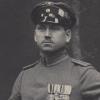

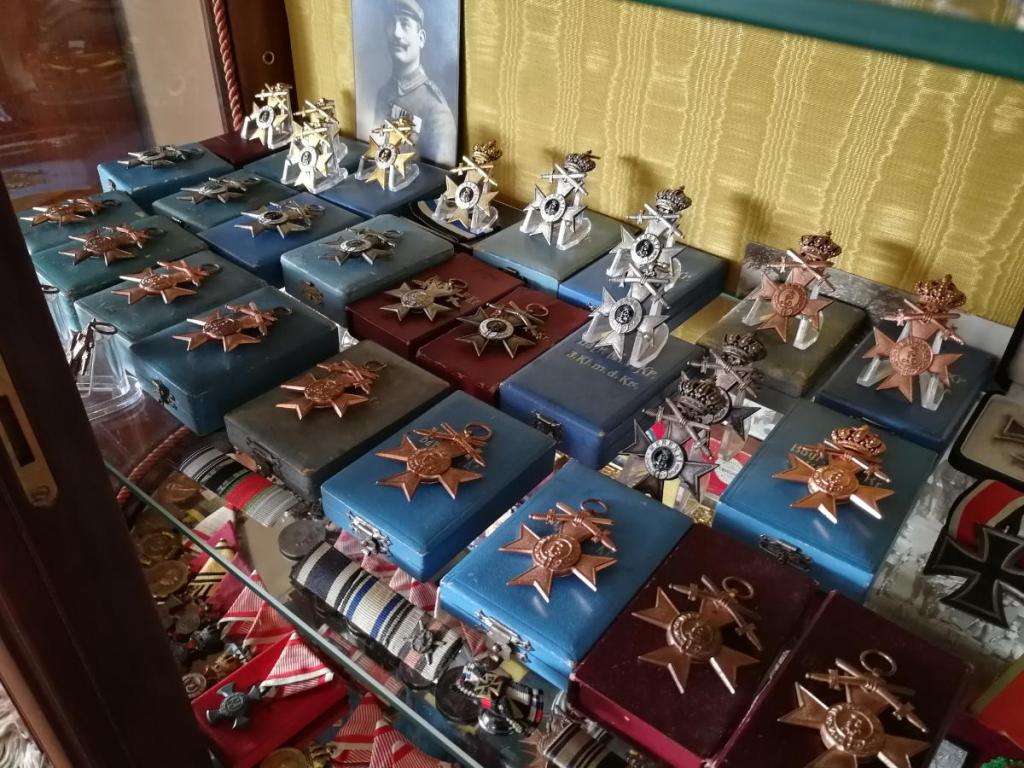
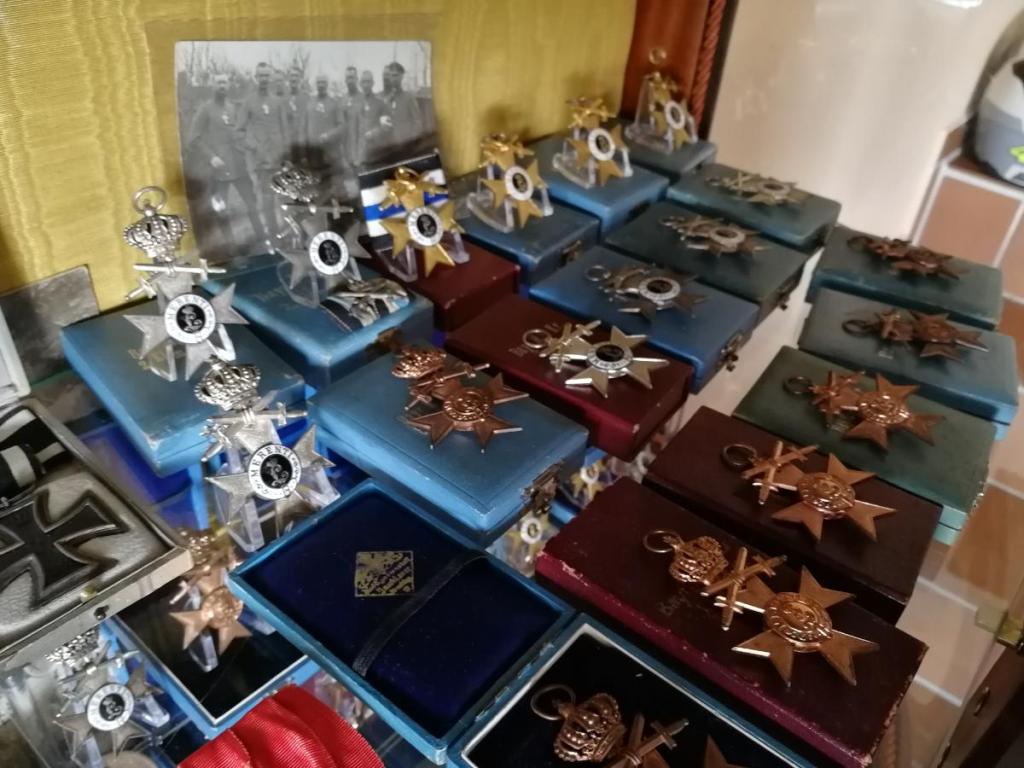
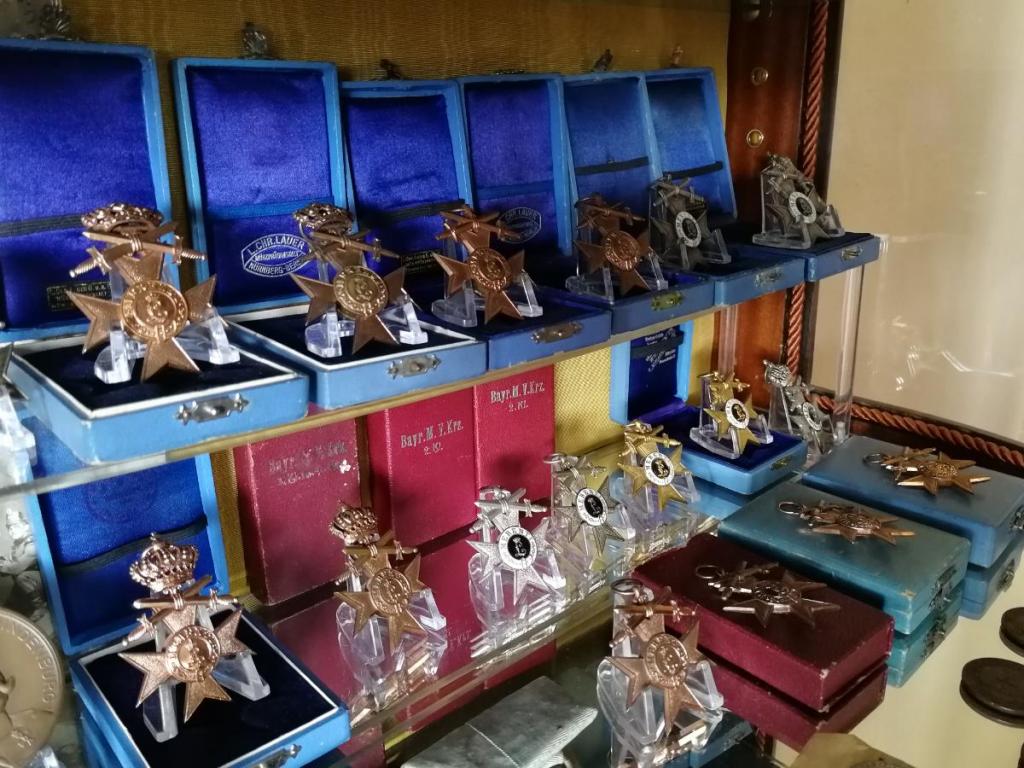
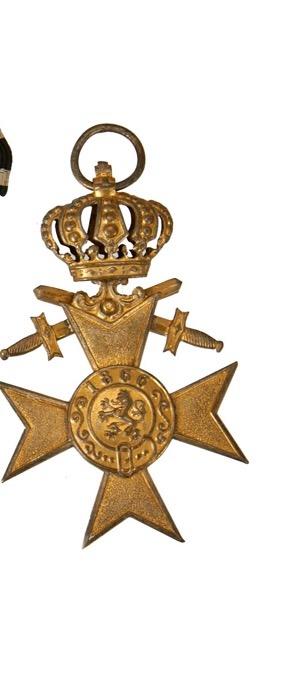

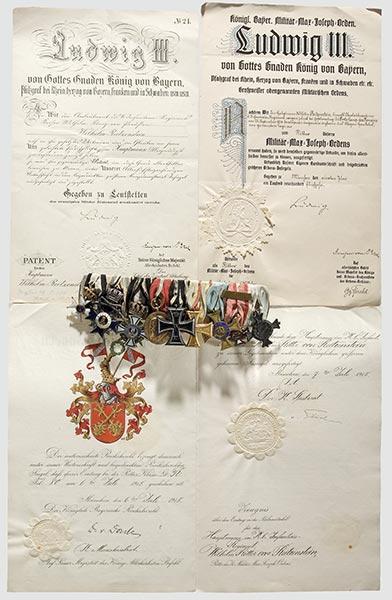
Bavarian Military Merit Cross 3rd Class - Opinions
in Germany: Imperial: The Orders, Decorations and Medals of The Imperial German States
Posted
Hello Sascha,
I have an evaluation of the VOBl. of a collector colleague with the names of the persons in favour.
I checked again, there are not 18 but 25 (please excuse this). The last one listed is Franz Kuhejda, valet of the field marshal Archduke Friedrich of Austria. According to this list, all for war merit, no pre-war awards, with five awards in 1914 and the rest in 1915.